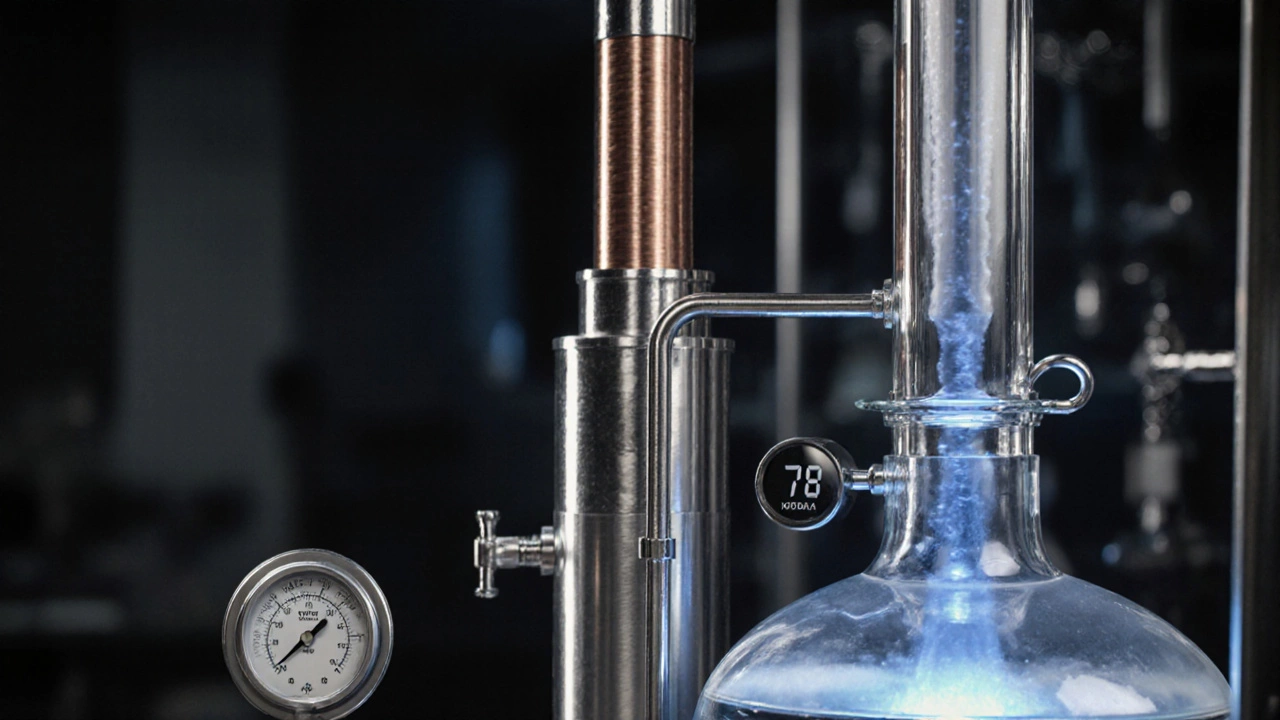Vodka Filtration: How Purification Shapes Taste and Smoothness
When you sip a smooth vodka, what you're really tasting is the result of vodka filtration, the process of removing impurities and congeners after distillation to create a cleaner, more neutral spirit. Also known as vodka purification, it’s what turns harsh alcohol into something you can drink neat without wincing. Not all vodkas are filtered the same way—some use charcoal, others quartz sand, activated carbon, or even diamond dust. The method affects not just clarity, but flavor, mouthfeel, and even how your body reacts to it.
Think of vodka distillation, the initial process of boiling and condensing fermented grains or potatoes to extract alcohol. Also known as spirit distillation, it produces a high-proof liquid that still carries unwanted oils, sulfides, and fusel alcohols. That’s where vodka filtration, the second critical step that strips away the rough edges. Also known as purification, it’s what makes a vodka taste crisp instead of burning. Brands that brag about being "triple filtered" aren’t just marketing—they’re trying to tell you their filtration system removes more of the compounds that cause hangovers and off-flavors. But here’s the catch: too much filtration can strip away character. Some premium vodkas leave just a whisper of grain or potato behind because they know a little imperfection makes it more interesting.
It’s not just about what gets removed—it’s about what stays. clean spirit, a term used to describe spirits with minimal congeners and neutral flavor. Also known as neutral alcohol, it’s the goal of most vodka makers. That’s why vodka is often called the most "pure" spirit. But purity isn’t magic—it’s science. Water quality, filter material, temperature, and even the speed of filtration all play a role. Some producers filter at freezing temps to trap more impurities. Others use multiple passes through different media to fine-tune the result. The best vodkas for sipping straight? They don’t just rely on one trick—they layer filtration techniques to get the balance right.
What you’ll find below is a curated collection of posts that dig into exactly how filtration shapes what’s in your glass. From why some vodkas are smoother than others, to which brands use the most unusual filtration methods, to how filtration affects calories and hangovers—you’ll see how a simple step after distillation makes all the difference. Whether you’re choosing a vodka for cocktails or drinking it neat, understanding filtration helps you pick better, not just more expensive, bottles.
Learn practical ways to neutralize vodka taste using distillation, carbon filtration, home hacks, and emerging tech. Step-by-step guide, comparisons, and FAQs for smoother spirits.
View Details

